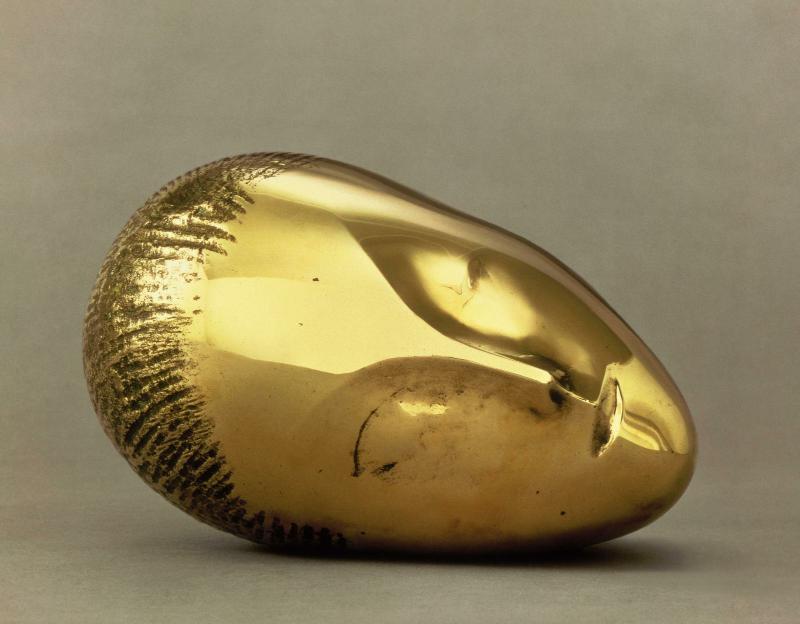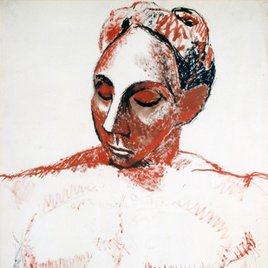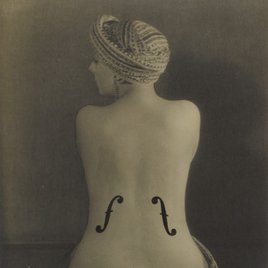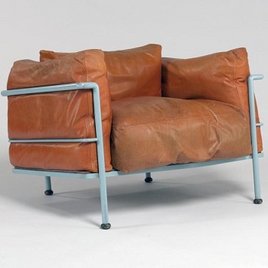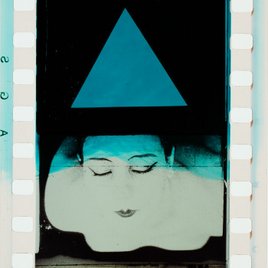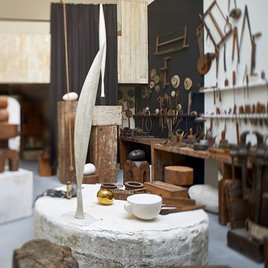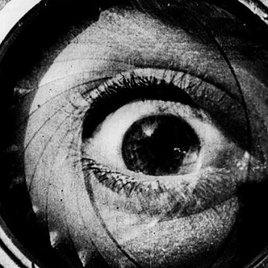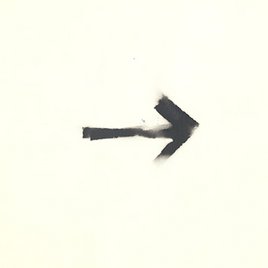Visual arts
A benchmark for each of the great artistic movements of the 20th and 21st centuries, the Centre Pompidou collection starts around 1905, with fauvist artists (Georges Braque, André Derain, Raoul Dufy, Maurice de Vlaminck), German expressionists (Ernst Ludwig Kirchner, August Macke, Max Pechstein) and Russian painters (Alexej von Jawlensky, Mikhail F. Larionov, Natalia Gontcharova). Like them, Henri Matisse was very fond of bright colours and the Museum has an exceptional collection of his work, spanning his entire career. The cubist movement, initiated in 1907 by Braque and Pablo Picasso, is also represented here with major works by the painters Juan Gris and Ferdinand Léger and sculptors Henri Laurens and Jacques Lipchitz.
Other great names of modern art include Marc Chagall, Robert and Sonia Delaunay or Georges Rouault, whose works here are significant in both quantity and quality. Monographic exhibitions are often held in their honour. This is also true of the pioneers of abstract art František Kupka and Wassily Kandinsky, whose works have been donated to the museum, as is often the case. The School of Paris is the name under which a group of foreign artists – still acclaimed to this day – made their name. The movement is represented in the museum by paintings by Kees van Dongen, Amedeo Modigliani, Jules Pascin and Chaim Soutine.
Thematic rooms focus on the avant-garde movements that started during World War I or those which characterise the inter-war period: the Dadaist movement in Zurich (Jean Arp, Sophie Taeuber-Arp) and Paris, including the essential contributions of Marcel Duchamp and Francis Picabia, the German New Objectivity movement (Otto Dix), the Bauhaus (Kadinsky, Paul Klee), Russian supremacism (Kasimir Malévitch) and De Stijl (Theo Van Doesburg, Piet Mondrian, Georges Vantongerloo). Surrealism comes in the form of works from Salvador Dalí, Max Ernst, André Masson, Joan Miró and Yves Tanguy, and has as its centrepiece the reconstruction of a wall from the workshop of André Breton, who founded the movement in 1924.
The artistic scene of the post-World War II period is expressed through emblematic works of informal art (Jean Fautrier, Jean Dubuffet), gestural abstraction (Jean Degottex, Hans Hartung, Georges Mathieu, Pierre Soulages) and geometrical abstraction (Auguste Herbin, Victor Vaserely). The paintings by Pierre Alechinsky, Karel Appel and Asger Jorn belong to the international CoBrA movement. American art is represented by major works from abstract expressionists such as Jackson Pollock, Mark Rothko or Barnett Newman.
Modern sculpture is also very prominent, with works by Etienne-Martin, Alberto Giacometti, Julio González, Antoine Pevsner and Germaine Richier. To this list should be added the studio of the sculptor Constantin Brancusi, which was entirely moved to the piazza near the Centre Pompidou.
From the 1960s, artists gradually moved away from easel painting, creating a major new movement in the history of 20th century art, defined by the use of various forms and materials, including unique, unstable or even perishable materials. This was the case of New Realism, Arte Povera and Fluxus. For many artists, the movement came with an experimental dimension relating to movement, light and, in a broader sense, to modern technologies. In this section of the collection, a whole set of works referred to as “kinetic” are displayed.
The collection also has an exceptional ensemble of works belonging to the movements which contributed to the dispersal of artistic categories and the creation of a new way of looking at art, which called upon the use of all senses and offered interactions with the spectator. Arte Povera brought in olfactory and tactile dimensions in works such as Respirare l’Ombra (1999-2000), an environment of laurel leaves by Giuseppe Penone, or Untitled (1969), a display of coffee weighing scales by Jannis Kounellis. Artists from the New Realism movement are particularly well represented by some of their major works. Their iconoclastic gestures include accumulation (Arman), compression (César) and laceration (Villeglé). Pivotal pieces of the Fluxus movement are one of the highlights of the collection: Le Magasin de Ben (1958-1973) is a total artwork which is permanently displayed in the Museum’s galleries. In the same way, the contemplative installation Plight (1985) by Joseph Beuys is now permanently on display. The origin of performance practices is embodied, amongst others, by Allan Kaprow’s seminal piece, Rearrangeable Panels (1957-1959).
Other families of works showcase the artist’s desire to strip away the materials in order to focus on a deeper understanding of the work itself, or the idea it evolved from. As such, the minimalist art and conceptual art movements occupy an important place in our contemporary collection; artworks include those of Donald Judd, Dan Flavin, Joseph Kosuth and Carl Andre.
Beyond the remarkable artistic movements presented in the collection of the Centre Pompidou, the Museum has always been keen to spotlight different types of personality, including the most unusual: from great French artistic figures such as Dabiel Buren or Christian Boltanski, to Bernard Réquichot and his more intimate works. Since the early 2000s, works by female artists have been subject to a particularly active acquisition policy, allowing pieces by artists such as ORLAN, Sheila Hicks and Dorothy Iannone to enter or complete the collection.
Finally, the dynamics of globalisation, now prominent in all museums, have brought unexplored or under-represented artists to centre stage, including those from India, the Middle East, Africa and China. As such, works by Atul Dodiya, Farid Belkahia, El Anatsui and Cai Guo-Qiang have entered the collection.
There is a particular focus on artists born after 1960, whose artworks have been created between 1990 and the present day. The collection comprises around 500 three-dimensional works, including paintings and sculptures, interdisciplinary or evolutionary installations, which are displayed consecutively in some of the many spaces on the 4th floor of the Museum, within the Centre Pompidou and beyond.
Since 2000, the Centre Pompidou has increasingly acquired works by artists living in France, as well as from all over the globe. It has also focused its efforts on several cultural scenes and eras, from former Eastern European countries to Asia, and from Africa to the Middle East.
In this way, the following artists’ works have joined the collection: Kader Attia, Olafur Eliasson, Dominique Gonzalez-Foerster, Wade Guyton, Petrit Halilaj, Firenze Lai, Ibrahim Mahama, Ernesto Neto, Otobong Nkanga, Roman Ondák, Gabriel Orozco, Damián Ortega, Philippe Parreno, Khalil Rabah, Anri Sala, Shimabuku, Thu Van Yran, Adrián Villar Rojas, Kemang Wa Lehulere, Yin Xiuzhen, etc.
![André Derain, Les Deux Péniches [1906]](/_elastic_filemount/media/picture/5a/0c/5a0c7f3b9a5e9434b39f2bfc9ad98e0f/thumb_large.jpg)
